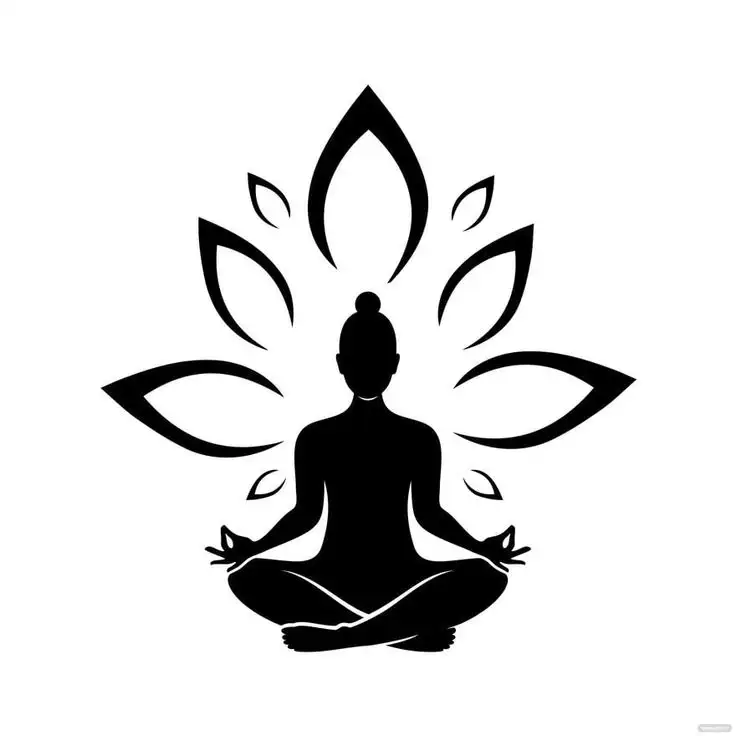Imagine traveling back in time—thousands of years ago, deep in the heart of ancient India. Among the mountains, rivers, and sacred chants, something powerful was born. Not a religion, not a ritual—but a way of life. Yoga.
Let’s take a journey into the roots of this timeless practice.
1. The Birthplace – Indus Valley Civilization (Around 3000 BCE)
Long before smartphones and cities, people in the Indus Valley were already practicing yoga-like postures. Archeologists found seals—tiny stone carvings—showing figures sitting in meditative poses, just like we do today. It wasn’t called “yoga” back then, but the essence was there: stillness, focus, and connection with something higher.
2. The Vedic Period – Where the Wisdom Began (1500–500 BCE)
As the Vedas, India’s oldest sacred texts, were written, yoga started taking shape. In these verses, there were chants, mantras, and rituals—all aimed at connecting the individual soul with the universe. Back then, yoga was deeply spiritual. It wasn’t about stretching or fitness. It was about finding inner peace and aligning with the cosmic truth.
3. The Age of Philosophy – Upanishads and Gita (500–200 BCE)
Yoga began evolving into a philosophy. The Upanishads introduced deep questions: Who am I? What is my purpose? What lies beyond this world? The answer was often found through meditation, breath control, and self-awareness—core ideas of yoga.
And then came the Bhagavad Gita—a sacred dialogue that introduced the world to:
- Karma Yoga (the path of selfless action)
- Bhakti Yoga (the path of love and devotion)
- Jnana Yoga (the path of wisdom)
It was no longer just practice—it was a path to live by.
4. The Yoga Blueprint – Patanjali’s Yoga Sutras (200 BCE – 500 CE)
Then came Patanjali, the sage who gave yoga its structure. He wrote the Yoga Sutras, a tiny book with massive wisdom.
He introduced the Eight Limbs of Yoga (Ashtanga Yoga)—a step-by-step guide to reach spiritual freedom:
- Yama – Ethics
- Niyama – Discipline
- Asana – Postures
- Pranayama – Breath control
- Pratyahara – Withdrawal of senses
- Dharana – Focus
- Dhyana – Meditation
- Samadhi – Bliss or enlightenment
His work became the backbone of classical yoga.
5. Hatha Yoga & Beyond – The Body Becomes the Temple (500–1500 CE)
In this period, yoga started embracing the physical body more deeply. This is when Hatha Yoga emerged—bringing in asanas (postures), mudras (hand gestures), and cleansing techniques.
Yoga wasn’t just about silence anymore—it became movement, breath, and energy. The body was seen as a sacred tool to reach spiritual awakening.
6. Yoga Goes Global – The Modern Revolution (1800s – Today)
The 19th and 20th centuries sparked a yoga explosion. Think of legends like:
- Swami Vivekananda – who introduced yoga to the West in 1893.
- T. Krishnamacharya – the father of modern yoga styles.
- B.K.S. Iyengar, Pattabhi Jois, and Indra Devi – who shaped yoga as we know it today.
In 2014, yoga was officially celebrated worldwide when the United Nations declared June 21 as International Yoga Day.
Today, yoga is practiced by millions—not just for flexibility or fitness, but to feel more grounded, peaceful, and connected.
From Ancient Caves to Urban Studios…
Yoga’s journey is nothing short of magical. What began as a quiet practice in forests and caves is now a global movement of mindfulness and meaning.
And here you are—continuing that ancient tradition.
Breathe in. Breathe out. You’re part of something timeless.

Hi, this is a comment.
To get started with moderating, editing, and deleting comments, please visit the Comments screen in the dashboard.
Commenter avatars come from Gravatar.